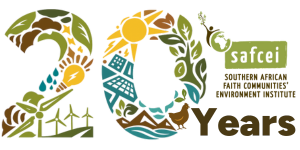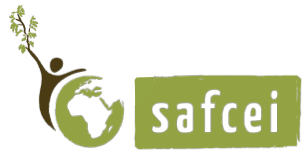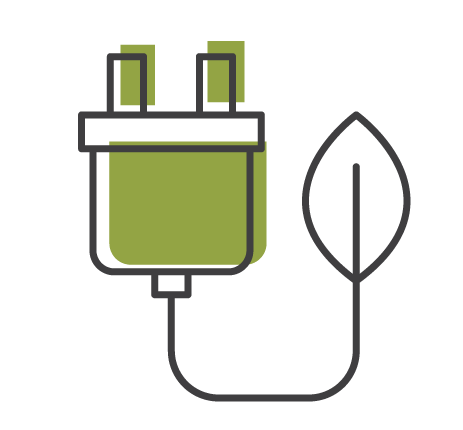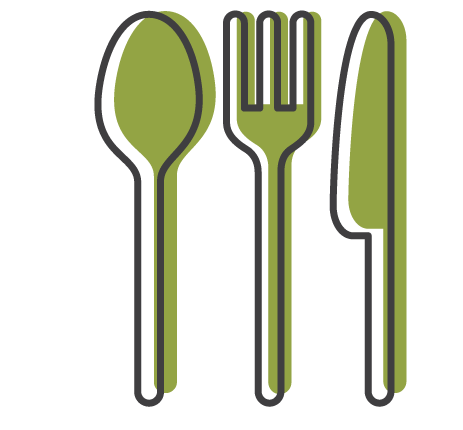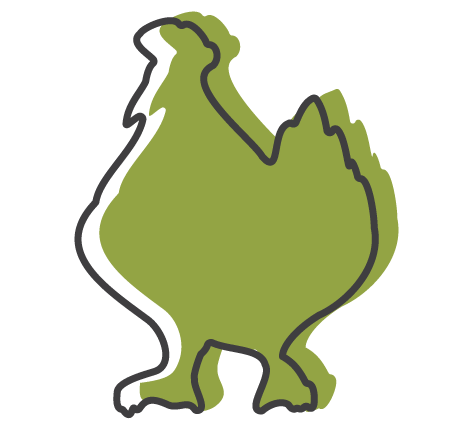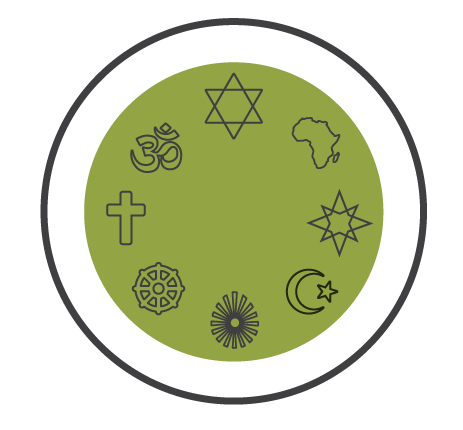B’tzelem Elohim: In God's Image by Steven Jacobs
- Published:

B’tzelem Elohim
Planet Earth is without dispute, one of G-d’s greatest miracles:
- Located just close enough to the sun to derive benefits of heat, but not too close to burn up, creating an average temperature which is comfortable for its inhabitants to exist;
- to be on an elliptical orbit to ensure that seasons happen with regularity;
- to have exactly the right amount of gravity to keep material objects grounded;
- to have exactly the right cocktail of atmospheric ingredients (including oxygen, hydrogen, nitrogen and carbon) for life to not only exist but to thrive;
- all kept in place by a protective layer called the ozone, and
- to have the most incredible variety of earthlings, consisting of plants, birds, fish, insects, reptiles and animals, designed to co-exist in the spirit of biodiversity and interdependency.
Science suggests that planet Earth has existed for approximately 4.5 billion years, and it was only about 3.5 billion years ago that the atmosphere on Earth became conducive for the existence and survival of humans – G-d’s ultimate material creation.
The scriptures tell us that “G-d created man in His own image” “b’tzelem Elohim” to be the “guardians/custodians/caretakers” of the planet, “to inhabit the Earth…to be fruitful and to multiply”, and to ensure that this miraculous creation/manifestation is sustainable.
If we look back over the history of humankind, I guess we have done pretty well to fullfill this mandate. We know of the odd historic intervention by our Creator when we went too far off track [I refer of course to the expulsion from gan eden, the great flood during Noah’s life, the events of the Tower of Babel, Soddom & Gomorrah, to name few]; the inter-population skirmishes [mostly about land, resources or religion]; devastations of essential resources [creating desert areas which continue to have no life and no value and may never recover].
Until about 250 years ago, that is – the advent of the Industrial Revolution. This came about due to the breakthrough discovery by mankind, thanks to our superior human intellect, of 2 key two objects, which today are prevalent everywhere and taken for granted: 1. the simple wheel and 2. coal and other forms of fossil fuels. Combining these 2 discoveries led us to the concept of the combustion engine and gave us machines, tractors, cars, trucks, trains, airplanes, factories, etc., drastically increasing our capacity to produce food with greater ease, and transforming our lives. This gave us more leisure time and we were able to feed more people, and we proceeded to go forth and multiply with gusto!
In this new era people began to be drawn from working in fields to working in mines and factories as we went in search of fossil fuels to burn in our engines (first coal, then oil, then gas, then nuclear), and steel to make them.
This new era also encouraged procreation. Not only was this the beginning of the population explosion, but also the parallel births of the mining industry and urbanisation - as cities began to grow in size and population. The appetite of some 3 billion people became whet for more material stuff.
The next major revolution was the electronic revolution under whose influence we live today: surrounded by so many modern-day gadgets upon which our very existence has become so dependent, and dare I say, addicted – objects we worship and idolize! Try to imagine your life today without a cellphone, a computer, a television set or a motor vehicle! (None of which some of our bobbas and zaidas enjoyed – by the way!)
In our frenetic pursuit of wealth accumulation (and the amassing of material possessions) and greater excellence in the electronic field; blinded by consumerism along with a concept called ‘designed obsolescence’; in our unrelenting, hectic, high-paced chase to survive and thrive in the material world; and to feed our insatiable appetite for more, better, smarter, more efficient “paraphernalia”), we seem to have forgotten about our role and responsibility as “guardians/custodians/ caretakers” of the planet and neglected a vital component of life : the source of our food and sustenance.
At this point, I’d like to introduce a concept of NIMBY which I’ll elaborate upon later.
Under our watch, the following has occurred over our lifetimes:
Population explosion
When I was born in 1960, there were just over 3 billion people Earth. Today we are heading towards 8 billion! We’ve more than doubled our human population in just over 50 years! And within this population we find a very unfair, inequitable and inefficient distribution of resources, where the wealthiest 20 percent of people consume 80% of all resources, and where over 3 billion people live below the poverty line, on less than $2.50 a day! At least 80% of humanity lives on less than $10 a day! According to UNICEF, around 22,000 children die each day due to poverty.
According to the World Health Organisation, of the 57 million people who will die this year, almost 10 million will pass away from infectious diseases, such as Pneumonia and TB (diseases of poverty). Roughly 40 million of the remaining deaths will be caused by cancers, heart disease, and other dietary and non-communicable diseases (diseases of wealth?).
Pollution and waste
We also discovered a very useful by-product of oil – plastic.
Many of the products we consume today are made of or packaged in some form of plastic or polystyrene – a fossil fuel derivative. Very few of these products are biodegradable, so they never become a food source. Instead, if not recycled, they end up somewhere in the eco-system – hopefully on an official landfill site - where they will stay for hundreds of years. That’s how long it takes for most plastics to break down. So every piece of plastic that has ever been produced is still on earth!
And when it does eventually break down, the resultant micro-particles remain as foreign pollutants in our ecosystem – never becoming food – but finding their way into our soil, water, food and ultimately – our bodies
We are currently producing over 260 million tons of plastic in the world each year.
Oceans
About 10 percent of this plastic ends up in the ocean - referred to as marine debris. That’s 26 million tons per year! Vast seas of marine debris accumulate due to ocean tides, which are visible from space. Much of this ends up in the guts of marine animals, causing them a slow and painful death. (Greenpeace Ecowatch)
Whilst on the topic of oceans, United Nations Food and Agriculture Organization (FAO) reports that since 1960, humans have doubled their per capita consumption of fish, and currently up to 80% of the oceans fish stocks are fully- or over-fished, thanks to more sophisticated methods of finding and hauling in fish (including a relatively new devastating method of bottom trawling). The oceans ecosystem is becoming seriously out of balance due to our interference with this food source and is on the verge of collapsing completely.
WWF SASSI initiative helps fish eaters to determine whether a species is safe to eat.
Atmosphere & weather patterns
Most of us are acutely aware of global warming, ozone depletion and climate change caused by the build-up of ozone destroying gases (mostly carbon and methane) leading to the melting of the polar ice caps and the sea level rises. We are currently living through the worst drought in the Western Cape for 100 years, while areas not too far away are experiencing floods, landslides, hurricanes, etc.
Forests
Rainforests are vast regions of carbon sinks with a diverse concentration of species – the lungs of the Earth, where half of the world’s species – many yet undiscovered - reside. Rainforests once covered 20% of the earth's land surface; now they cover a mere 6%, and experts estimate that the last remaining rainforests could be destroyed in less than 40 years. Each year 78 million acres are being destroyed. That is, more than 150 acres every minute of every day is being mowed down. Most of the wood from these age old trees cannot be harvested, so it is burnt. Fires that can be seen from outer space. A triple whammy:
- putting gigantic amounts of CO2 into the atmosphere,
- simultaneously removing the lungs of the earth and reducing the planet’s capacity to absorb this CO2 and
- reducing living space for millions of species to exist.
There are currently 41,415 species on the IUCN Red List, and 16,306 of them are endangered species, threatened with extinction. (This is up from 16,118 last year). Guess what the greatest use is that this land is put to? Crops and grazing land for cattle!
Let’s now focus briefly on food. I recognize that most people do not join the dots between the piece of meat, cheese or egg on their plate with the live animal that had to endure a lifetime of suffering in factory farms and then be slaughtered to become food. We currently kill over 10 billion land animals every year to please our palates. And the 6th commandment says clearly: “Thou Shalt not Kill”!
Cows
How many people realize that, like humans, female cows only lactate when they have an offspring to wean? Cow’s milk is for baby cows! Human are the only species on earth that continue to drink milk into adulthood – and that drink the milk of another species!
Cows are artificially inseminated as young adults, (raped) and as soon as the baby is born, the calf is separated from the mother, causing trauma for both. The calf is reared on artificial milk, so that the real stuff can be stolen for human consumption – mostly using mechanical devises which often damage the teats. Added hormones ensure that the cow produce as much milk as possible, until she stops lactating, at which point she is artificially inseminated again. Failure to fall pregnant means it’s time for slaughter to become meat. As soon as the young female cow is old enough she too becomes a milk producing object. What happens to male babies? Most are dehorned, raised to become anaemic and slaughtered at 16 weeks young to become veal. Very few make it to adulthood. The average natural lifespan of a cow/bull is 18 to 25+ years. Few survive longer than 4-5 years.
Chickens
The majority of chickens are bred in captivity. Eggs are taken from hens immediately they are laid and hatched in incubators. 1 day old chicks travel en mass along a conveyor belt where humans separate male chicks from female chicks. Male chicks are an unwanted by-product, and are ground alive into a pulp which is fed to adult chickens as food. Female chicks are sent unceremoniously, via a debeaker, to live in overcrowded indoor pens, fed hormones so that they mature as quickly as possible. As soon as they are old enough to begin laying eggs, they are put into wire cages – about the size of an A4 page – and kept there for the rest of their lives to just lay as many eggs as possible. Once they stop laying they are slaughtered for meat without ever touching natural earth or seeing sunlight.
The natural lifespan of a chicken is 5 – 8 years. Most chickens are slaughtered between 6 weeks and 3 years old.
For the sake of brevity I won’t go into detail about sheep, goats, pigs, turkeys, ducks, who undergo equally horrific treatment.
All this under our watch as “guardians/custodians/caretakers” of the planet! And, I should add, most even under the label of “kosher” as approved by the Beth Din!
For how long can we people, particularly we Jews, who call ourselves “Or l’am”, continue to condone the above atrocities?
Only a generation or two ago, we witnessed the most extreme abuse of power of one nation over another, the construction of a colossal killing machine which directly or indirectly affected family members of everyone in this room, manifest as gross inhumanity, undeserved imprisonment, heartless cruelty, denial of basic rights, indescribable suffering, mass killings. One of the outcomes of the trials that followed this bleakest and most horrific period of human history was the introduction into our vocabulary of the word “genocide” and the phrase “crimes against humanity”. And today we may ask:
“How did the rest of the world not know?”
“How come it was allowed to go on for so long?”
“How is it possible that humankind could descend to such a low level of morality?”
And here we stand in the 21st century when once again the very same questions could be asked! Is it different because this time it’s different species who are the victims? Is it okay to treat species this way because they do not have voices? What about the doctrine of ba’alay chaim? Are we not all Earthlings?
I ask myself: how can we claim to be Am Yisrael dati, b’nei Elohim, shomer ha’adamah and participate in the commercial, wholesale, mass exploitation of G-d’s creatures, commoditizing them and denying them the basic rights to a life of dignity and happiness, without suffering and pain. Where is the justice?
I ask you, my fellow congregants, to give more thought, to become more conscious, to ask more questions, to do more research, to check in with your consciences, to join more dots, and to become more mindful when it comes to choosing what ‘food’ you put on your plates. And the plates of your children. And what kind of plates we use, and how we manage our waste.
To find out the truth about what is really happening NIMBY = Not In My Backyard.
Are we part of the problem or part of the solution?
Written by Stephen Jacobs, SAFCEI Board Director.
Who we are
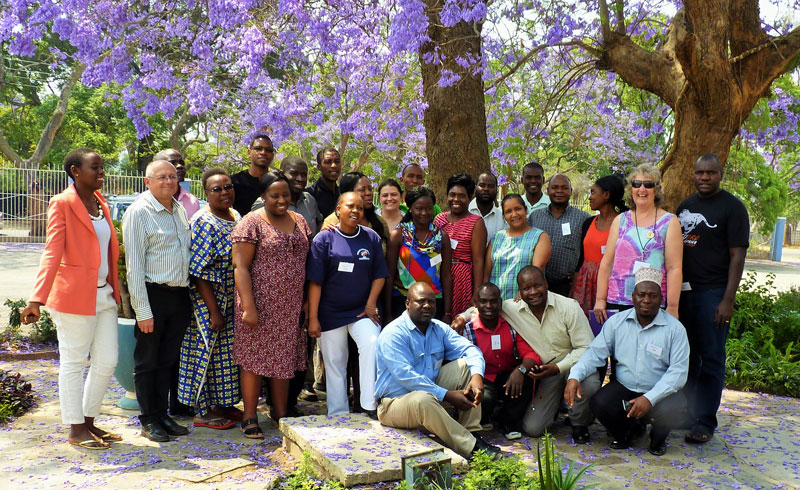
SAFCEI (Southern African Faith Communities’ Environment Institute) is a multi-faith organisation committed to supporting faith leaders and their communities in Southern Africa to increase awareness, understanding and action on eco-justice, sustainable living and climate change.
Featured Articles
-
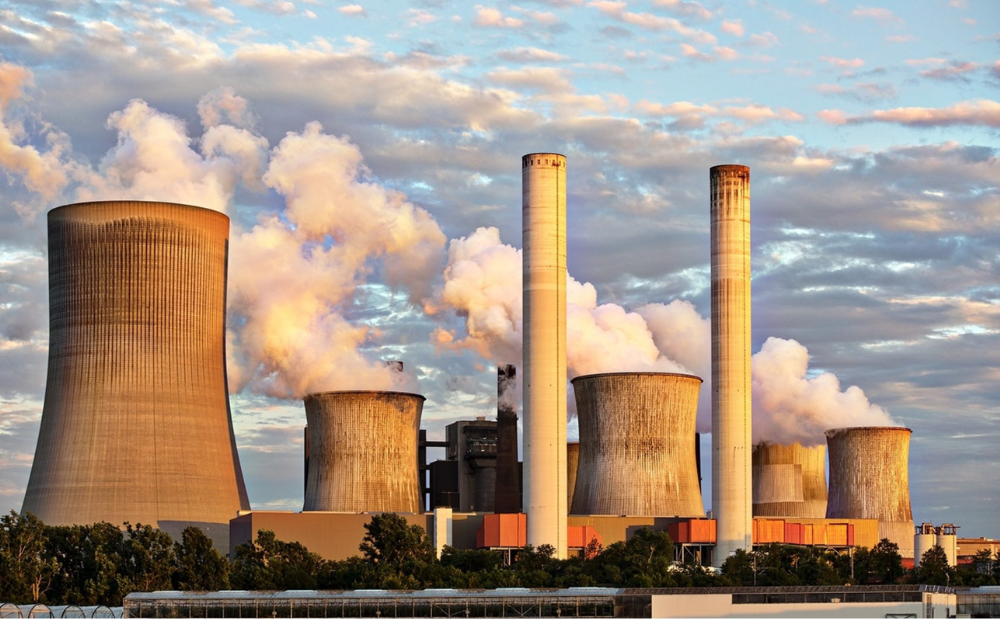
South Africa: Who Ends Up Paying If DMRE Cooks the Price of Nuclear Power?
-
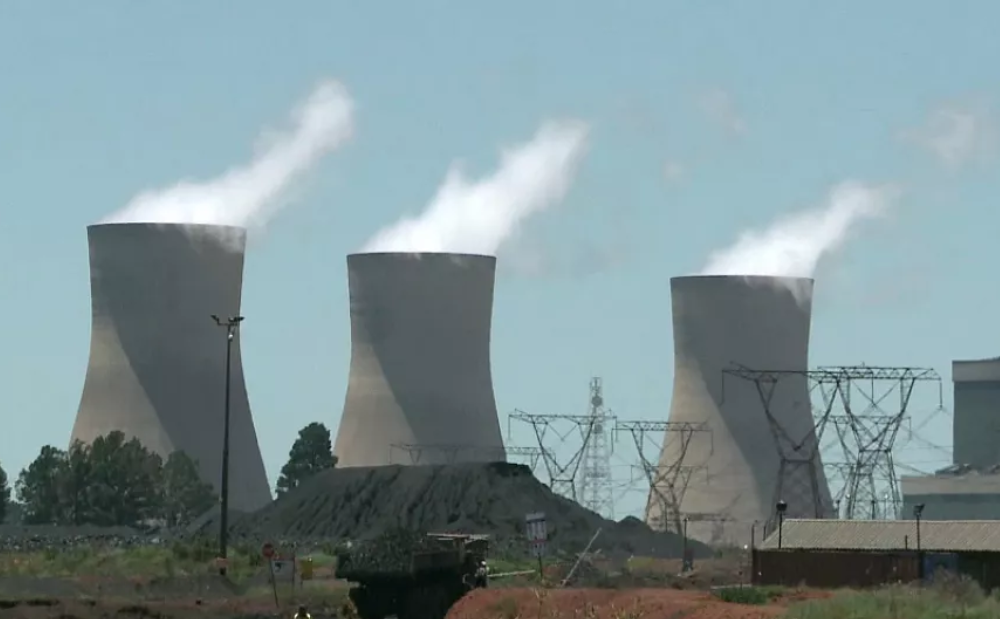
South Africa’s nuclear energy expansion plans continue to draw criticism, environmental NGOs chew over legal challenge
-

Earthlife Africa and SAFCEI respond to latest unsettling nuclear news regarding the ministerial determination
-
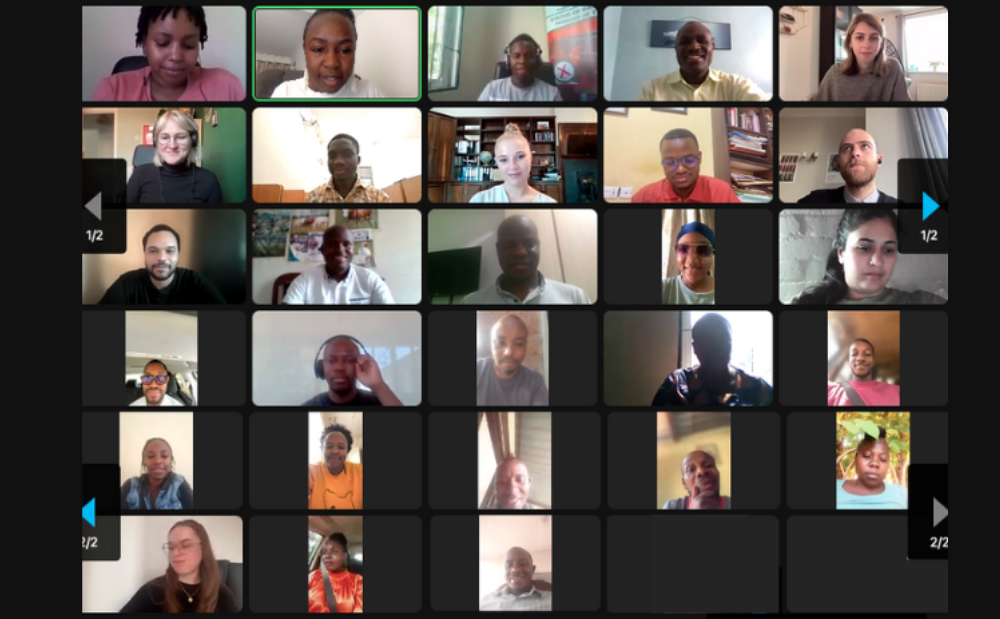
Open Wing Alliance Africa (Virtual) Summit 2023
-
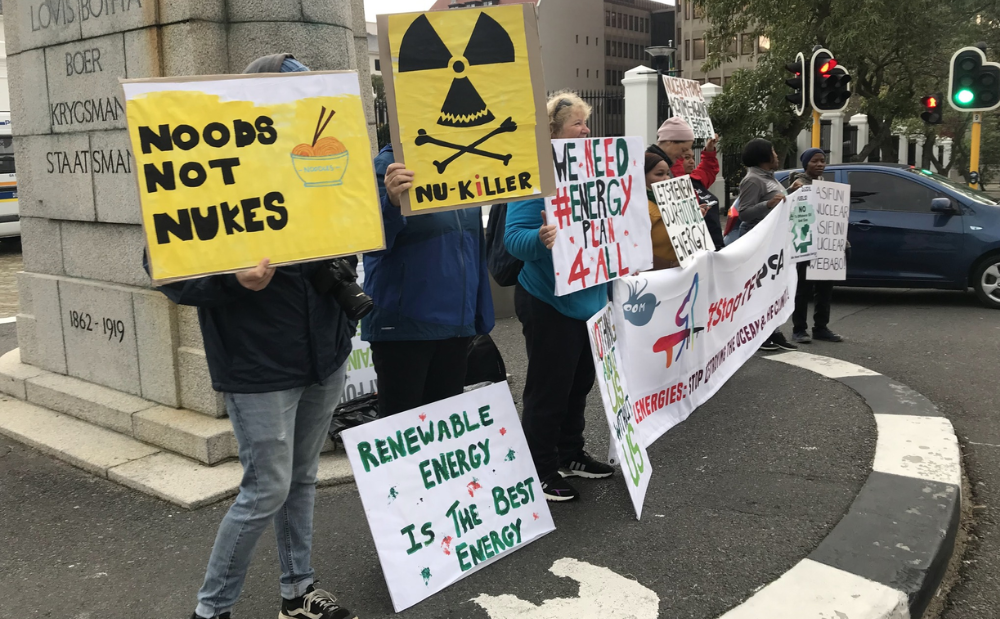
The Green Connection and SAFCEI respond to energy minister's divisive and deflecting comments
-

Job Vacancy: FLEAT Coordinator
